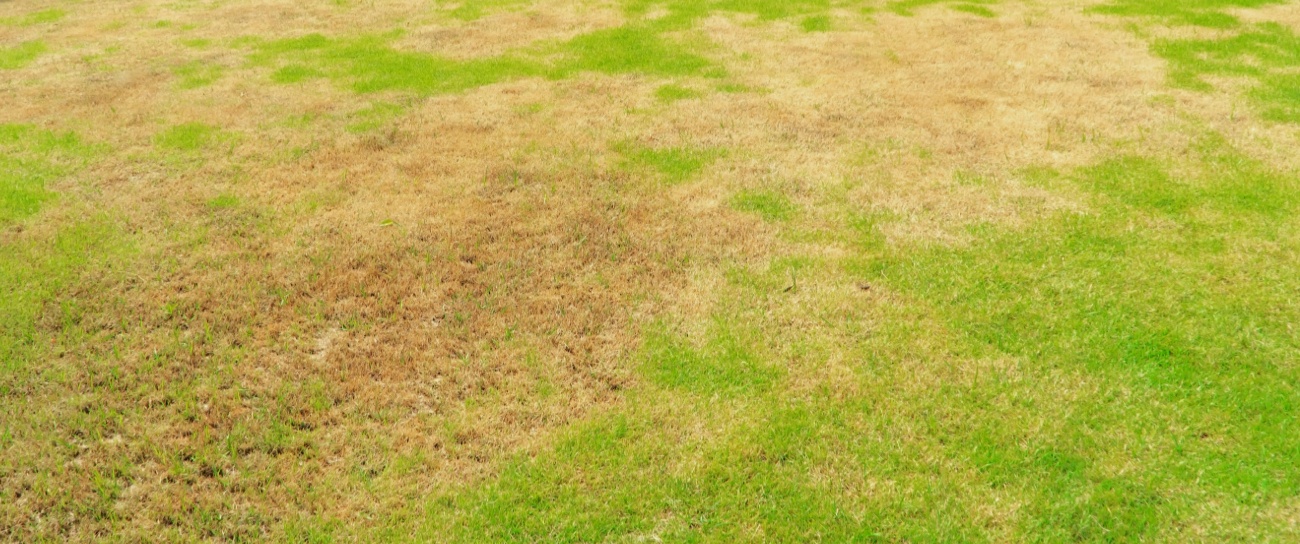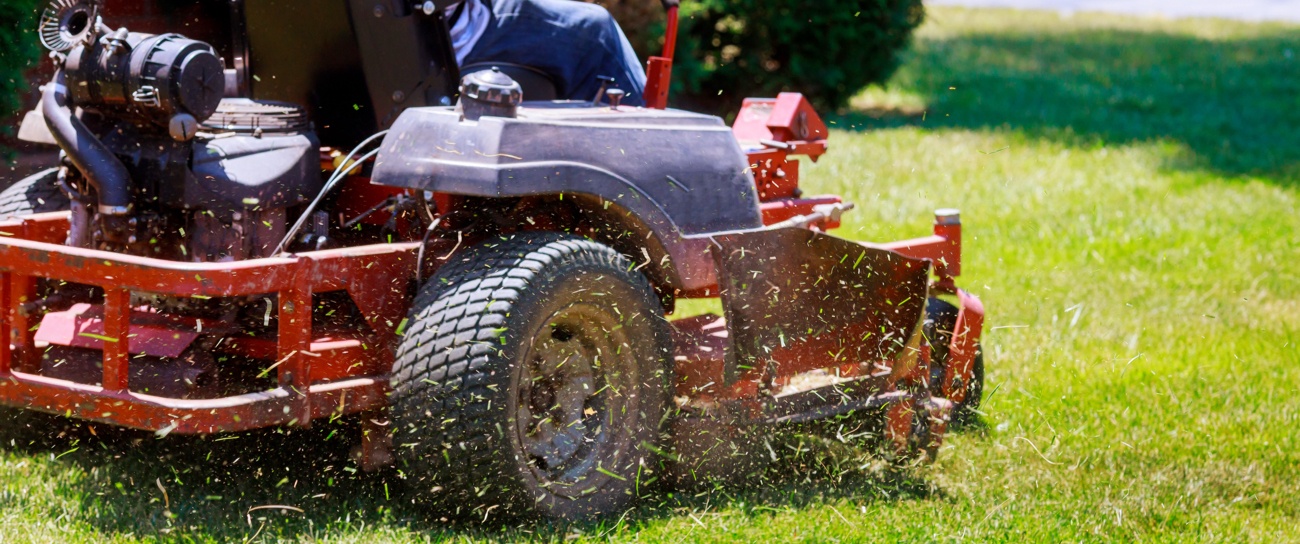When summer heat and humidity arrive, lawn fungus such as Dollar Spot and Red Thread can quickly take over cool-season grasses. These common diseases thrive in stressed lawns and show up as discolored patches or reddish threads. In this quick guide, Lawnganics breaks down who is most at risk, what signs to watch for, when and where fungus appears, and how to prevent or treat it so your lawn stays healthy all season long. So, without further ado, here are the details on the common fungus that lives among us !!
Who
Anyone with a cool-season lawn—like Kentucky bluegrass, perennial ryegrass, or fine fescue—is at risk of summer lawn diseases, especially homeowners and lawn care professionals looking to maintain healthy turf.
What
Two of the most common summertime fungal issues are Dollar Spot and Red Thread
- Dollar Spot appears as small, silver-dollar-sized tan patches, often with a bleached center and reddish-brown border.
- Red Thread shows up as pink or red "threads" or wispy fibers on top of the grass blades, often in irregular patches.
These symptoms are not only unsightly, but they can weaken your lawn’s natural defenses. That’s why professional lawn treatment through a trusted provider like Lawnganics can make all the difference.

Where
These fungal problems tend to show up in overly moist, shaded, or poorly fertilized areas—but they can strike anywhere when conditions are right.
When
Fungus thrives during warm days and cool, humid nights, typically from late spring through early fall, when nighttime temps stay above 60°F and humidity stays high.
Why
Fungus develops when lawns are stressed—due to low nitrogen, excessive moisture, compacted soil, poor airflow, or dull mower blades. Overwatering or watering at the wrong time can also set the stage for disease.

How to Prevent It:
- Water smart: Water deeply and early in the morning (before 9 a.m.) to allow grass to dry out during the day. Avoid evening watering.
- Fertilize correctly: Apply a balanced fertilizer to avoid nitrogen deficiency—but avoid over-fertilizing during peak summer heat. Follow a slow-release, seasonal plan from Lawnganics.
- Improve airflow & drainage: Aerate compacted soil and mow at the proper height (3–4 inches) to promote airflow and reduce stress.
- Mow with care: Keep mower blades sharp, and avoid mowing wet grass to reduce the spread of spores.
How to Treat It (Curative):
- Apply a fungicide labeled for lawn disease if the outbreak is widespread or persistent. Let the professionals at Lawnganics provide this service for you.
- For Red Thread, especially, often just a light application of nitrogen (0.5 lb per 1,000 sq ft) will help the grass outgrow the damage.
- Rake and remove dead grass or thatch buildup to improve airflow and reduce fungal material.
- Maintain consistent mowing and care even during treatment—grass needs support to recover.
Ready to call Lawnganics?
Lawnganics takes a preventative, soil-first approach to lawn disease. Our eco-friendly lawn services focus on building natural immunity within your turf by improving soil structure, enhancing microbial activity, and applying targeted treatments that work with nature—not against it.
- We offer organic-based lawn care packages that can be tailored to your lawn’s needs.
- Our lawn care specialists conduct a thorough lawn care evaluation to spot signs early.
- We provide both residential lawn care services and commercial lawn maintenance options.
Instead of just treating the symptoms, we get to the root of the problem—literally.
Final Tip: A healthy lawn is the best defense. Stay on top of seasonal feeding, mowing, and watering, and you’ll be ahead of fungus before it gets a foothold.



